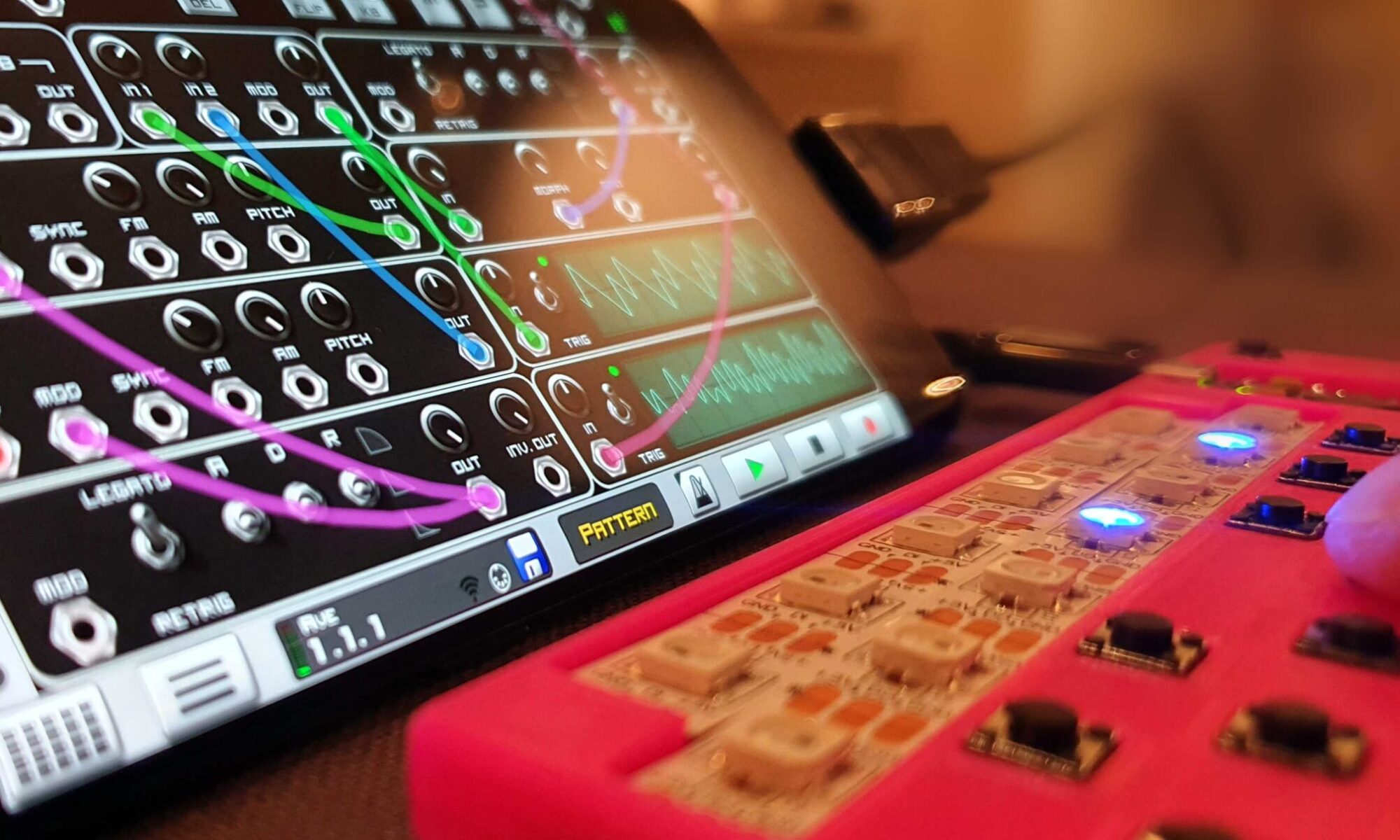Decorate your home with colorful, modular and affordable LED tiles. This version is fully 3D printable, no need for a custom PCB and everything is Open Source. The LED animation is more dynamic compared to most LED tiles since each tile has 12 individual controllable LEDs.


Part list for 15 units ($36@Amazon 221015):
- 15x LED ring with 12 WS2812 LEDs, 50mm outer diameter
- 15x 3D printed base (preferably printed with white PLA)
- 15x 3D printed lid
- 1m Power wire cable (for copper wire strands)
- 1x nodeMCU ESP32 development board
- Speaker cables 0.75mm^2
- 5V PSU 10A (50W)
Equipment:
- 3D printer (FFF/FDM with white PLA filament)
- Solder station with a medium tip
- Basic tools: needle- and cutting pliers, knife, hot-glue
- Computer to program the WLED firmware (using a Micro USB cable)

Design
My kids wanted to have LED tiles in their rooms, but complained about the price which was around $20 per piece (2022-07). Instead of chipping in, I saw this as an excellent project to work on together, teaching them 3D modeling and basic electronics, while saving them lots of money (design and assembly time not included :)
We started comparing hexagonal and triangle shapes, and settled with something in between, a truncated triangle that allows lots of freedom in how they can be assembled. After experimenting with LED strips and round PCB rings, we settled for the PCB rings since they look really cool and cost less than $2 per piece.
The rough 3D modeling was done in a few minutes, and a test print allowed me to demonstrate how the thickness affected the diffusion of the light. Around 10mm between LEDs and the front resulted in a nice diffusion, while still keeping the ring shape intact. By curving the inside area around the LEDs, the light was distributed more evenly. When it was time to design the snaps for the connections between the modules, my kids lost their interest, and I was on my own… I did a few iterations and added 3D-PCB channels for the wires connecting the modules internally. By avoiding a PCB and special connectors the cost and design was minimized, and by soldering the modules together the connections become more reliable. This makes the design somewhat less flexible, but once mounted on the wall, it would probably not be altered that often anyway ;)

Build
Building a module is quite easy since you only need four parts: 1x LED ring , 1x 3D printed base, 1x 3D printed lid and 20cm cable with copper strands for wiring.
Print the base and the lid with the following settings: White PLA, 0.4mm nozzle, no support and 0.2mm layer height. Note that the lid requires a smooth and leveled bed since it is only two layers thin. Unless your printer has auto leveling, I recommend that you spend time on tuning the printer before you start mass production.

Follow this assembly video showing how the wires are soldered to the LED ring and routed to the base.
Each unit takes around 5 minutes to assemble (once you have done a few). I printed and assembled 3 units per day in a work week, so during the weekend we could combine 15 units and complete the project.

I did a custom base for the first unit, where the snap was replaced by wire channels, allowing me to route the 3 strands of speaker cable connecting the light to the control unit (one cable for 5V, one for GND and one for data).

The units are daisy-chained so that the first unit drives the second etc. Since each unit has one in and two out, the driving scheme can be splitted, creating two branches (with replicated light patterns), like in the video in the beginning of this post.

Program
WS2812 LEDs can be controlled in lots of different ways, I chose to use the excellent WLED project where an ESP32 hosts a web interface with tons of effects and settings that can be accessed over Wi-Fi thru a computer or mobile phone. Follow the getting started guidelines on how to program and use the device.

Mount
The complete structure was attached to the wall using small nails in some of the unit’s attachment holes (making minimal damage to the wall). Once in place and tested, we mounted the lids.

Future development
I might build a small interface to the ESP32, so it can be controlled without a mobile/computer.
Download project files
All files required for this project are available at this GitHub repository: https://github.com/vonkonow/LED-tile
License

This project is open source under MIT License so feel free to adapt, improve and share your result!
(Attribution is optional but appreciated /Johan von Konow ;)



